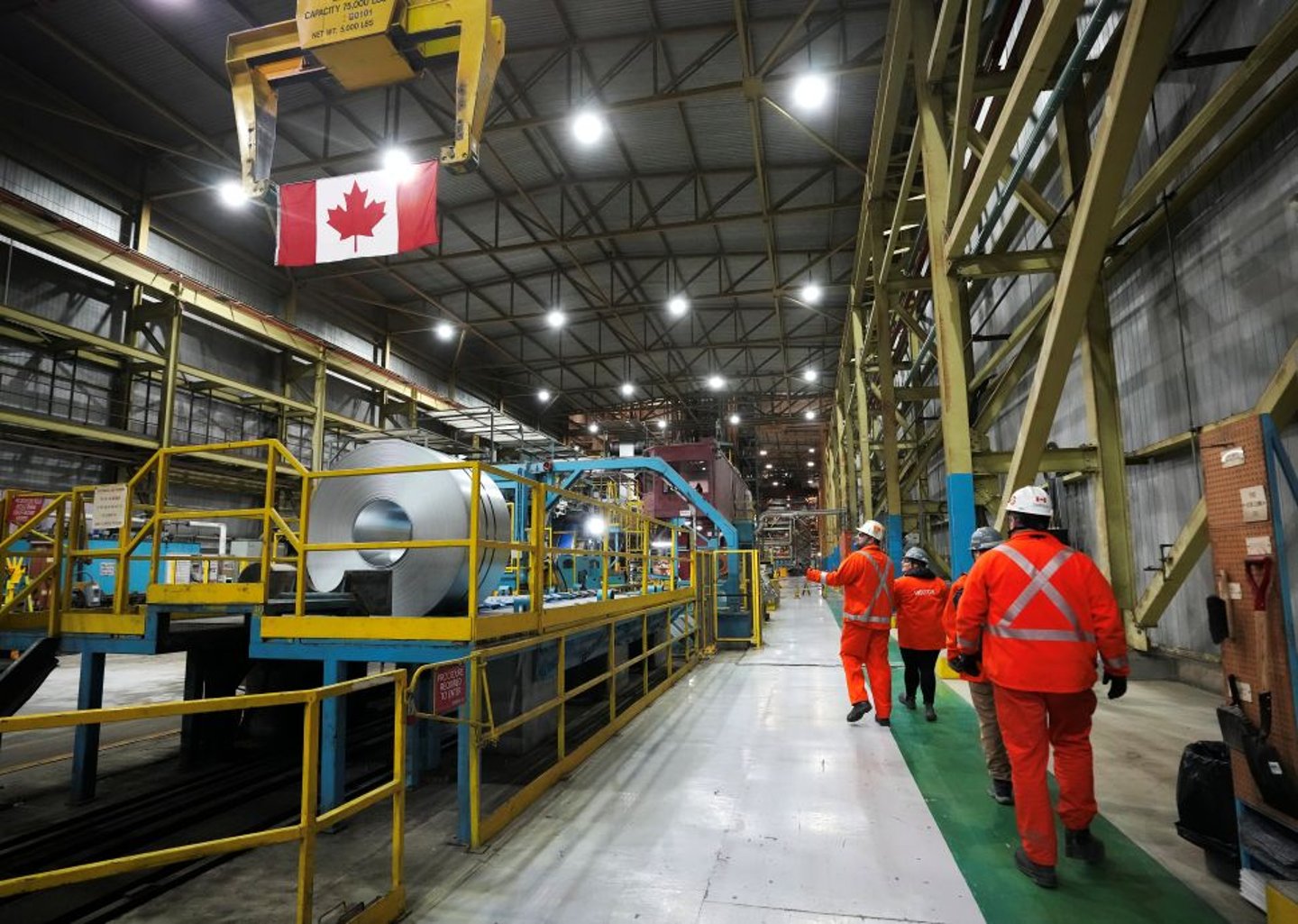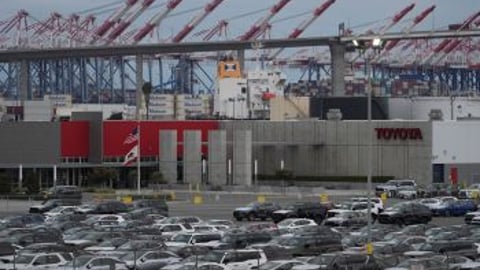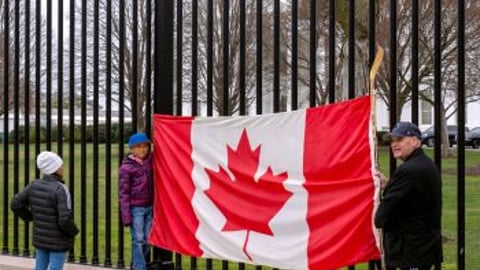Canada's economy 'sprinting into a wall' to start 2025 as tariff hit looms
The Canadian economy was off to a solid start in January but early signs suggest growth stalled in February amid harsh winter weather and the looming threat of tariffs.
Statistics Canada said Friday that real gross domestic product rose 0.4% in January, but the agency's flash estimates for February suggest flat growth for the month.
“We’re really sprinting into a wall," said Andrew DiCapua, principal economist at the Canadian Chamber of Commerce, in an interview.
StatCan said January's growth was driven largely by a boom in the oil and gas, quarrying and mining industries, while retail trade faced a contraction.
The manufacturing, utilities and construction sectors all recorded growth in January, StatCan said, and the services side of the economy edged up 0.1%.
DiCapua said upticks in manufacturing and oil and gas extraction over the past two months align with a boost in Canadian exports to the U.S.
“These are sectors that are hit by tariffs and it makes a lot of sense as to why you're seeing this push up in economic activity," he said. "But that's going to hurt us in the months to come."
Andrew Grantham, senior economist at CIBC, said in a note to clients Friday that the February slowdowns are likely tied to harsh winter weather throughout Canada and the end of Ottawa's sales tax holiday mid-month.
The uptick in January, on the other hand, could be better explained as Canadian businesses "front-running" U.S. tariffs, which were threatened regularly over the month before coming into partial effect in March.
"We expect that tariffs will have a clearer negative impact on GDP in March and during Q2," Grantham said.
Bank of Canada surveys suggest confidence among consumers and businesses is dropping sharply in the face of tariffs, which DiCapua said is expected to weigh on spending and investment in the months ahead, hampering growth beyond the impact of the tariffs themselves.
U.S. President Donald Trump kicked off the trade war with Canada in early March with a round of blanket tariffs on Canadian goods, though a variety of exemptions and pauses were later put in place. He followed that up on March 12 with 25% tariffs on steel and aluminum entering the U.S. and has threatened a round of widespread "reciprocal" tariffs as of April 2.
Trump signed an executive order on Wednesday leveling a new wave of tariffs on automobiles made outside the U.S.
READ: Nearly half of small businesses do not see the U.S. as a reliable partner: CFIB



